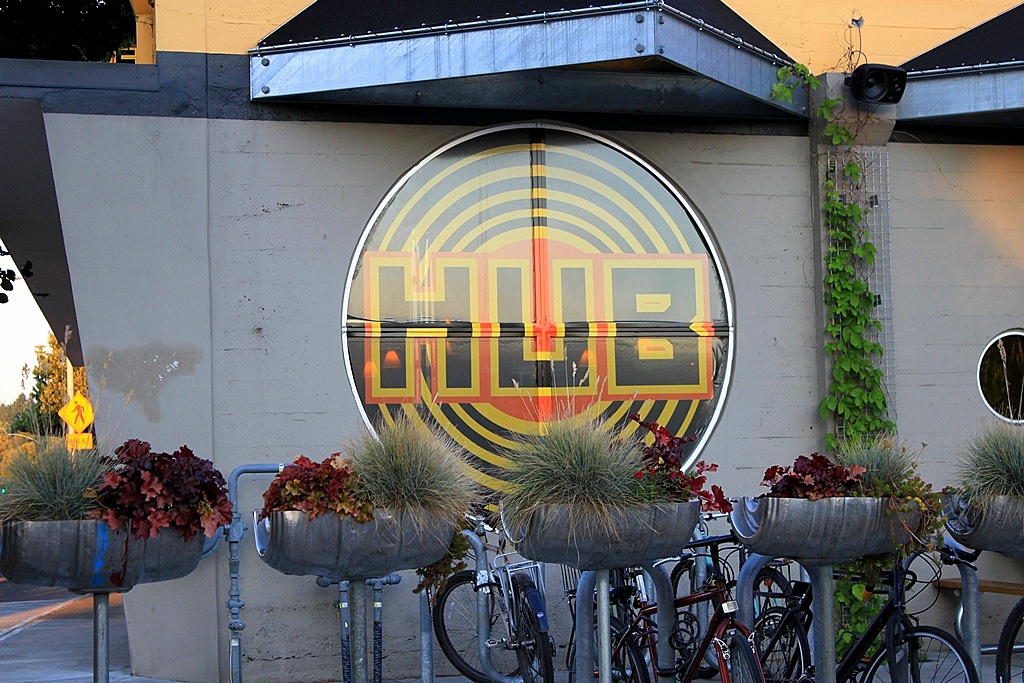Lurking in the back reaches of one of Portland’s prominent producers of hopped up beers, I found a motley collection of craft and homebrew freaks, not discussing the Northwest methods of brewing but rather the art of brewing with fungus. Really? Is this what we’ve come to? Yet these wild beers aren’t new things at all; they’re really fresh American takes on classic Belgian styles of yore. Known as brettanomyces (aka Brett) and saccharomyces, each of these wild yeasts is used during the fermentation process to create sour, or more generally, wild beers. Each of these unique forms of yeast are a central ingredient in many of today’s sour, lambic, gueze, Flanders red, and saison/farmhouse styles, and their use has increased as craft brewers look to recreate classic Belgian flavors for today’s modern palates.

Among the standouts during the tasting were Crooked Stave’s Surette Reserva aged in Leopold’s Peach Whiskey Barrels (a complex farmhouse saison) and two varieties of their Baltic porter Nightmare on Brett, one aged in cognac barrels, the other in brandy barrels. Also of note was Logsdon’s Oak Aged Bretta, a farmhouse saison bottle conditioned with pear juice for natural carbonation, and Firestone Walker’s ‘Lil Opal, a session farmhouse saison aged with tropical fruits that blends a two-year old batch with one aged for eight months. The results generated from this fermentation of wild yeasts, oak aging, and blending of different ages created multilayered flavors that were astounding, providing beers with thicker mouth feel, fruity and acidic notes, plus greater possibilities after cellaring.
A common theme each member of the panel alluded to was the vast amount of time spent experimenting with different strains, different controls in the process, and assorted barreling methods, which often produce less than ideal results at first. Such revelations always prompted each of the brewmasters to freely admit that approaching these styles like any other batch of beer would be all wrong. It isn’t the measuring of acids or the scientific use of numbers that determines a beer’s readiness for bottling; it’s almost purely determined by regular samples during aging, proper blending, and plenty of time for maturation.
The startling revelation I walked away with is that this archaic form of brewing breaks all the rules of modern fermentation – and that maybe this is exactly how it’s supposed to be.
Want to learn more about Brettanomyces? Check out our article “I’m drinking what?!?“
 American Craft Beer The Best Craft Beer, Breweries, Bars, Brewpubs, Beer Stores, And Restaurants Serving Serious Beer.
American Craft Beer The Best Craft Beer, Breweries, Bars, Brewpubs, Beer Stores, And Restaurants Serving Serious Beer.

